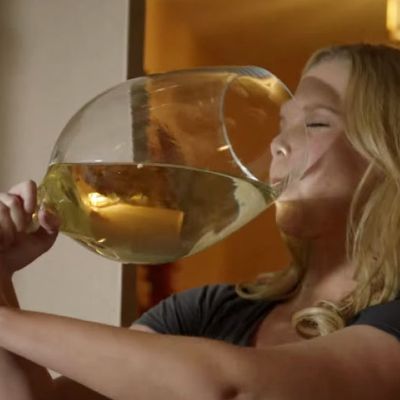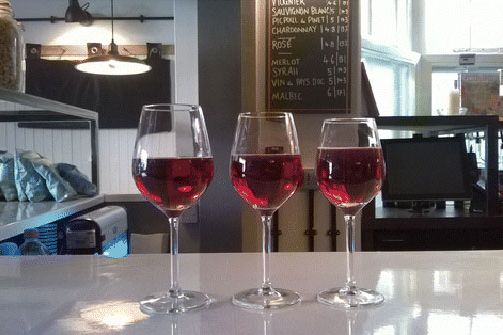
It’s disheartening if you think about it — how many choices you make that are likely not conscious choices at all, but rather the results of some little, and often barely noticeable, changes in your surroundings. In a simple evening out, for example, studies in psychology have shown that you’re less likely to order healthy food if you eat in a dimly lit restaurant; when you’re ready to head home, you’re more likely to request an Uber when the surge pricing hits 2.1 than when it hits 2.0.
It will likely not surprise you to hear that these little behavioral nudges also apply to the amount of alcohol you consume, according to a new paper in BMC Public Health, recently highlighted by Scientific American. Last spring and summer, a team of behavioral scientists at the University of Cambridge drew up a secret plan with a nearby bar. The resulting experiment went like so: Every two weeks, for four months, the bartenders would switch the wine glasses they served patrons, rotating between a typical 300-milliliter glass to one that was slightly smaller (250 milliliters) or one that was slightly bigger (370 milliliters). At the end of the four months, the bar handed over the receipts for the experimental period, and the researchers found something interesting: On the nights the bartenders used the big wine glasses, they sold more wine.

Ten percent more, to be exact, according to their calculations after controlling for things like day of the week and holidays. This little barroom-as-laboratory experiment didn’t test why people ordered more wine when they were served larger glasses, but Theresa Marteau, one of the study’s co-authors, has a hunch. A rather obvious one, really: Pours just look smaller when the glass is larger, which could lead people to feel totally justified in ordering another. (This bar now, by the way, always serves wine in those larger glasses.)
In another weird wine study, incidentally, Brian Wansink at Cornell’s Food and Brand Lab found that when people serve themselves wine, they tend to pour 9 percent more white wine than they do red, likely for a similar reason as Marteau’s hypothesis — it’s about perception. The red wine had a stronger contrast against the clear glass than the white, which made a heavy pour of white just a little less noticeable as compared to the red.
So, sure: The size of the glass, and the shade of the wine, are your new excuses for ordering another round tonight.




